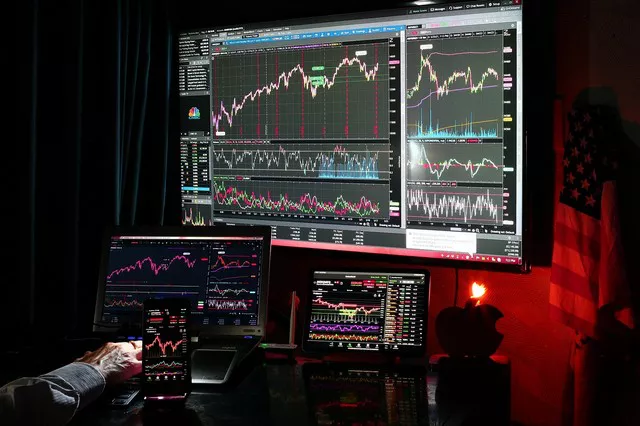Investing in commodities can be a lucrative opportunity for those looking to diversify their portfolio and potentially earn high returns. However, it can also be a complex and confusing endeavor, especially when it comes to understanding the difference between spot price and future price. In this article, we will provide a comprehensive guide to demystifying spot price and future price, including the definition of each term, how they differ, and how they affect each other.
Definition of Spot Price and Future Price
Spot Price:
A spot price is the current price in the marketplace at which a given asset—such as a security, commodity, or currency—can be bought or sold for immediate delivery. It is the price at which a commodity can be bought or sold at the present moment.
Future Price:
A future price is an agreed-upon price in a contract (called a futures contract) between two parties for the sale and delivery of the asset at a specified time later on. It is the price at which a commodity can be bought or sold at a future date.
How Spot Price and Future Price Differ
The main difference between spot price and future price is the timing of the transaction and the delivery date of the commodity. One applies to a deal that’s going to be executed immediately; the other, to a deal that’s going to happen down the road—usually, a few months hence.
Spot Price:
The spot price is the current price in the marketplace at which a given asset can be bought or sold for immediate delivery. It is the price at which a commodity can be bought or sold at the present moment. The spot price is influenced by a variety of factors, including supply and demand, geopolitical events, and environmental concerns.
Future Price:
The future price is an agreed-upon price in a contract (called a futures contract) between two parties for the sale and delivery of the asset at a specified time later on. It is the price at which a commodity can be bought or sold at a future date. The future price is influenced by a variety of factors, including the spot price, supply and demand, and market expectations.
How Spot Price and Future Price Affect Each Other
It’s actually more the other way round: Spot prices influence futures prices. The futures price is based on the expected future spot price of the commodity. If the expected future spot price of the commodity is higher than the current spot price, the futures price will be higher than the current spot price. If the expected future spot price of the commodity is lower than the current spot price, the futures price will be lower than the current spot price.
Factors to Consider Before Investing
Before investing in commodities, there are several factors to consider, including:
Industry Trends:
Investors should consider the current trends in the commodity industry, including the supply and demand for the commodity, the price of the commodity, and the regulatory environment.
Company Performance:
Investors should evaluate the performance of the commodity company, including its financials, management team, and track record of success.
Financial Considerations:
Investors should consider the financial aspects of investing in commodities, including the potential returns, the risks, and the tax implications.
Conclusion
Investing in commodities can be a lucrative opportunity for those looking to diversify their portfolio and potentially earn high returns. However, it is important to carefully consider the benefits and risks of investing in commodities, as well as the different ways to invest. By researching the industry, evaluating investment opportunities, and investing wisely, investors can navigate the path to investing in commodities and potentially reap the rewards of this investment opportunity. Understanding the difference between spot price and future price is an important aspect of investing in commodities, and investors should consider the factors that influence each price before making any investment decisions.


